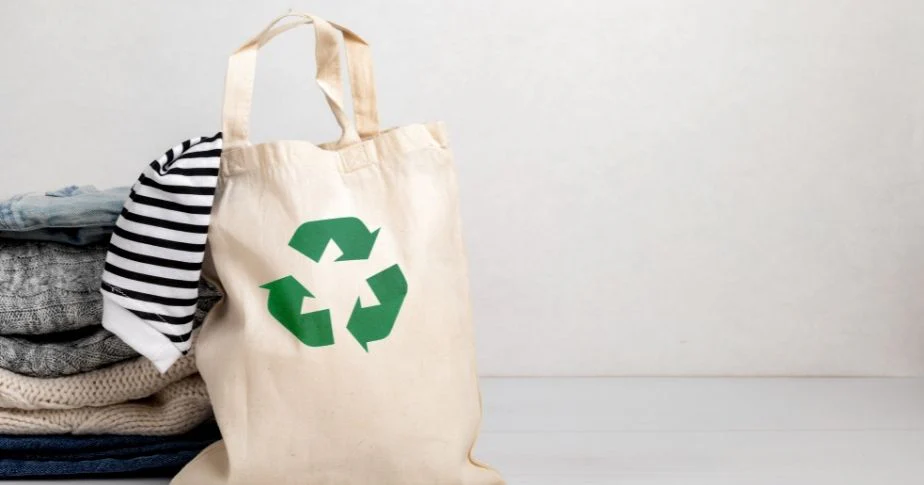There are more and more companies, regardless of their size, that are opting for an online business model or ecommerce. However, concern for the environment and the commitment to care for and protect it or the desire to save money, among other factors, means that there is more and more interest in second-hand products, hence the birth of the recommerce model.
What is the recommerce model?
Recommerce would be the resale or sale of second-hand products through an online store, channel or medium. In other words, it consists of the purchase and sale of products that have already been used and that still have a useful life.
This sales model or practice is also known as resale commerce and was born with the aim of uniting online business and sustainability. In this way, hyper-consumerism is reduced and waste is avoided.
Normally this online sales model is carried out through well-known brands or through platforms designed exclusively for this purpose.
Characteristics of the recommerce model
More and more people are committed to the environment and willing to fight against pollution and climate change, which has increased the desire to reuse, which is what recommerce mainly focuses on. This means that all products sold through a recommerce platform will be second-hand but will still have a useful life.
Through this sales model, sustainable consumption is promoted, since the need to produce new products will be reduced and the amount of waste will be reduced.
Another notable feature of recommerce is that it encourages savings, since second-hand products are cheaper than new ones. In addition, the seller will be recovering part of the money invested in that product.
In addition to all this, it maintains all the advantages and characteristics of an e-commerce, such as easy access for buyers, online and offline payment options, visibility at local, national and international levels… In addition, it has been found that brands that apply this type of sales model are valued more positively, both for the benefits it has for the environment and for consumers.
Successful examples of recommerce
There are several well-known brands that have applied the recommerce model. One of them is Levi’s, which gives users the option of handing in their used clothes in exchange for a voucher that will be used to buy other clothes. The brand then sells these clothes on its platform so that someone can give them a second life.
The Veepee platform does something similar, only in this case the brand offers its platform so that returns of items become a sale between individuals.
In both cases, this new way of selling online has turned out to be a great success, as it has been very well received by consumers.





